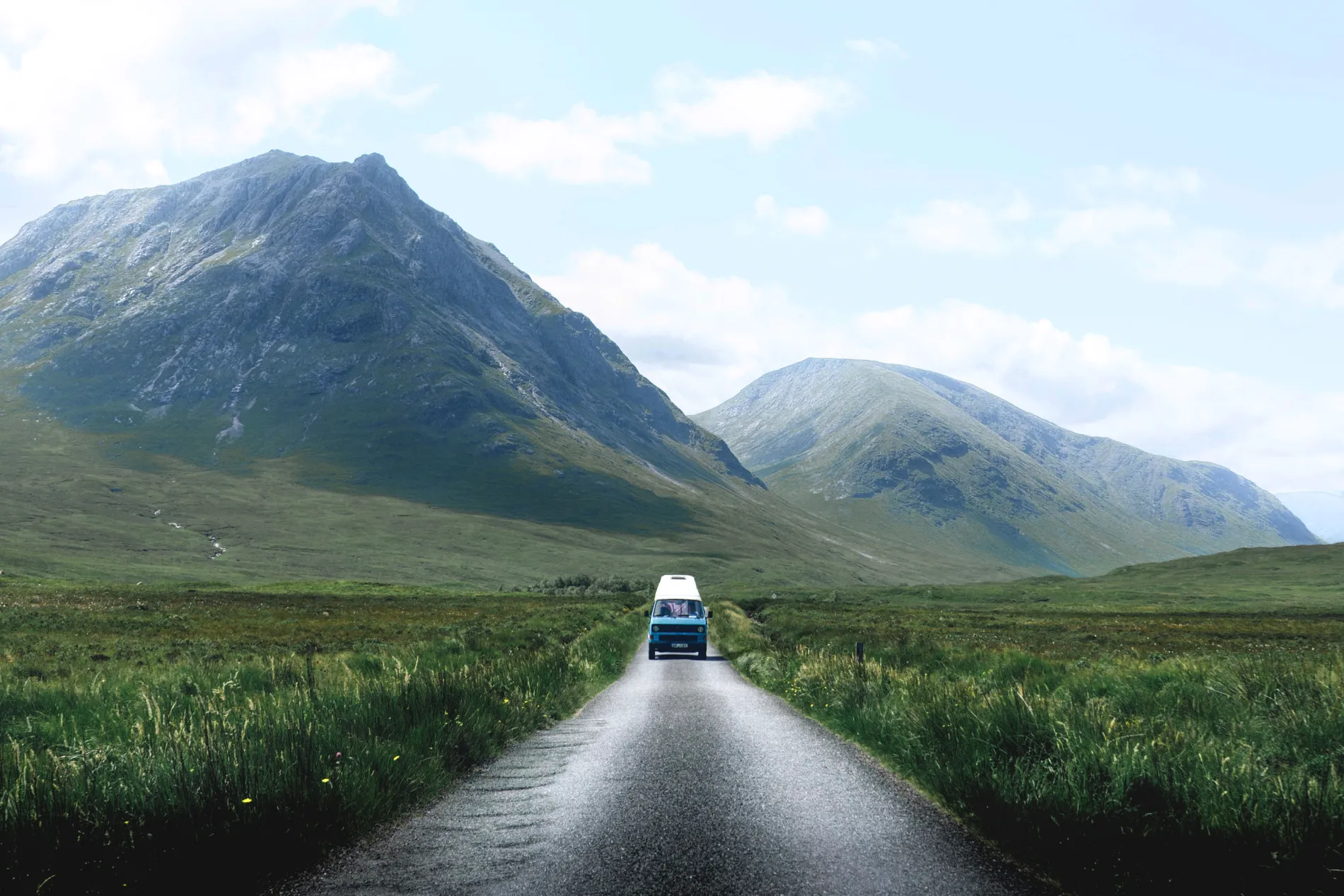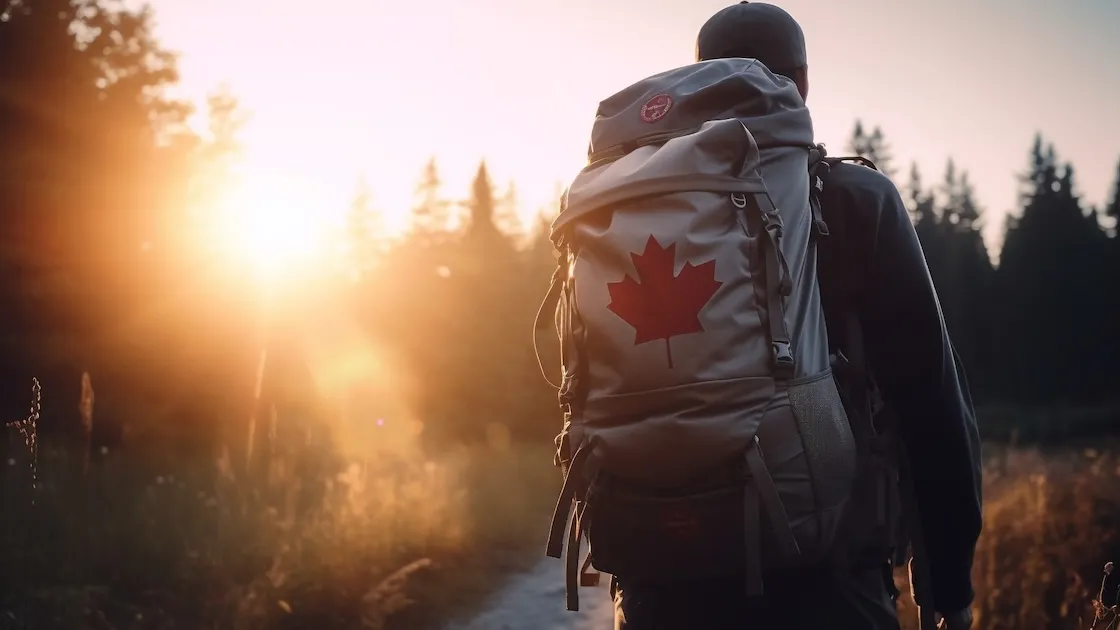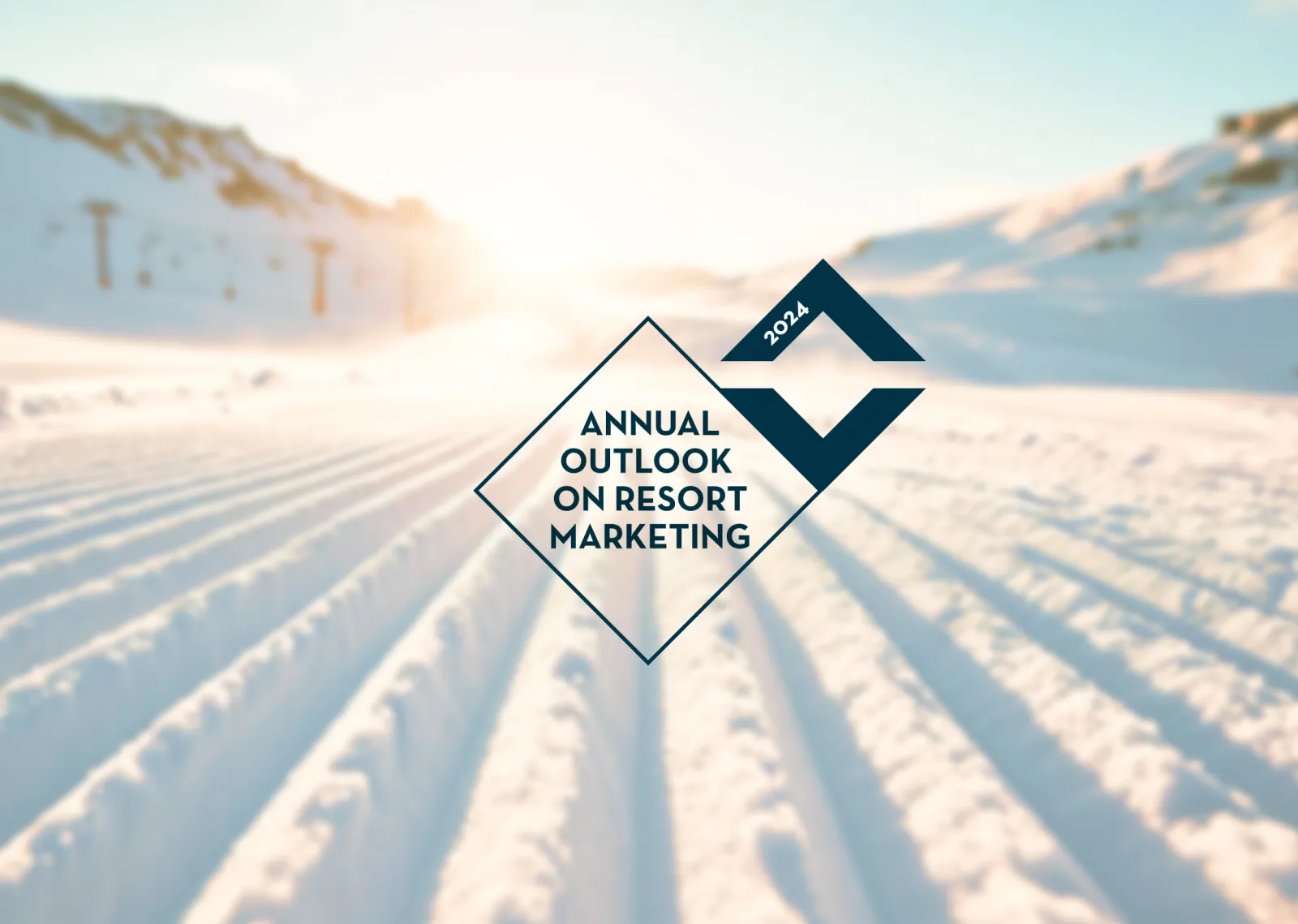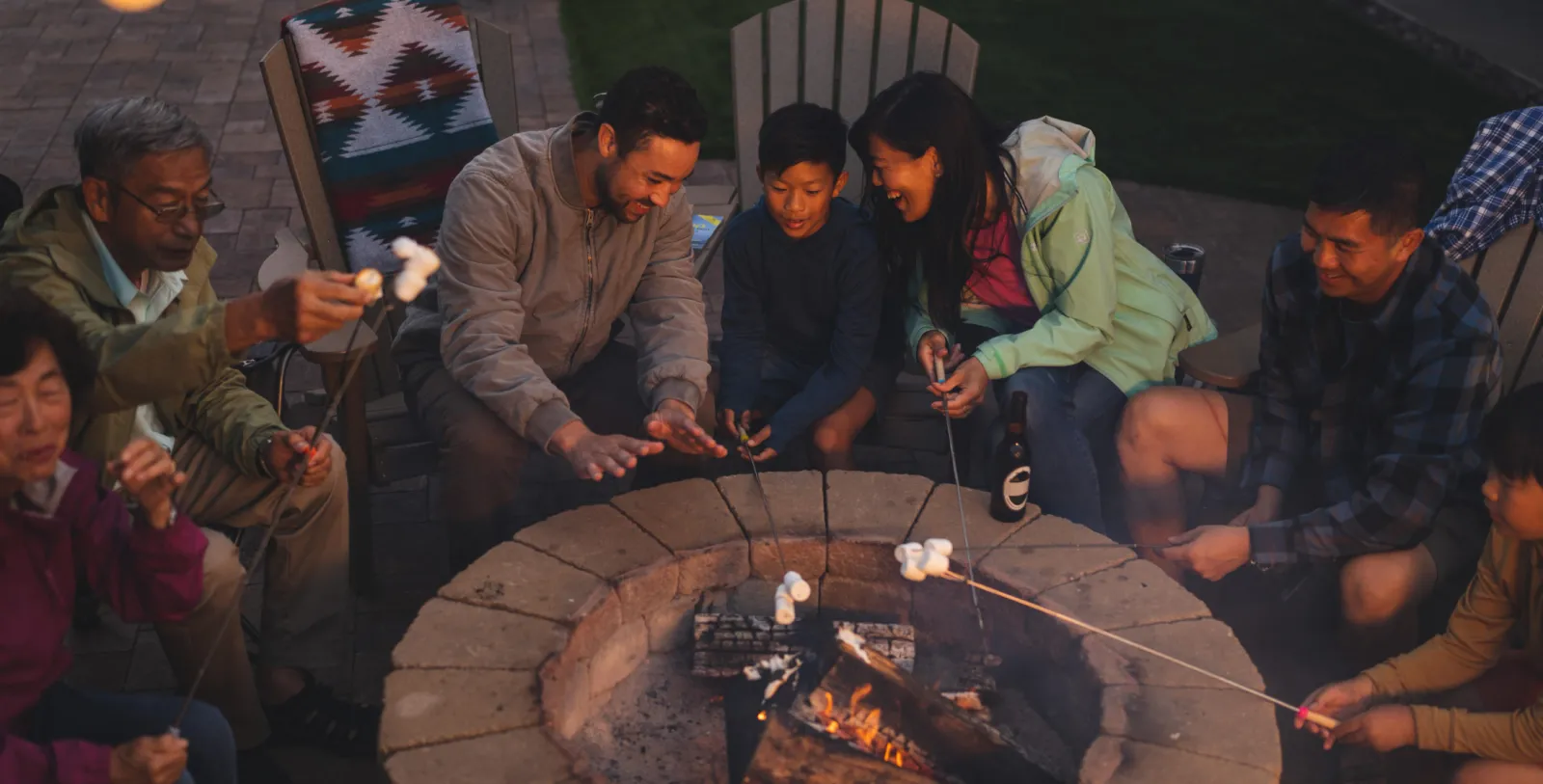What is Vanlife and why is it taking over?
According to a recent Google article, "there’s been a lot of discussion over the idea that the recession deprived millennials of earning potential, leaving them priced out of home ownership, and shouldering all-time high student loan debt. It’s also been widely recognized that millennials find more value in experiences rather than possessions. Minimalist living is where those two notions intersect" and the Vanlife movement has become a by-product. What isn’t presented online is the disparity between Vanlife content and the reality, and whether this movement can be profitable for brands.
The Why
Search Vanlife on Google and 10.8 million hits will come up. On Instagram, nearly 4 million pictures and videos feature the hashtag. Tutorials on how to renovate your 1999 Sprinter have flooded YouTube, and WordPress is now home to countless travel stories of life on the road. And the driving force behind readership and viewership of this content is North America’s largest generation and workforce - millennials. A combination of economic, societal and environmental factors have contributed to this generation having inherently different characteristics than their parents. Most of which attributing to why a movement like Vanlife has become so attractive.
They’re in Debt
Only 22% of the cohort remains debt-free, and a quarter have over $30,000 of it. Having graduated in the middle of a depression, this generation is dealing with lower working wages paired with higher student loans and soaring rental prices in urban markets. Whether they’re used for weekend escapes or permanent living, vans are economizing travel and rental costs.
They’re Tech Savvy
Ironically, the Vanlife movement- promoting detachment from society, has gained its traction through digital platforms. As the first generation born after the technical revolution, for millennials, mobility equates to stability. They're checking their smartphones 43 times a day, and sharing content during six of those connections. For those living on the road, access to remote work is growing, with freelance work expected to account for the majority of the US workforce by 2027.
They’re Part of the Experience Economy
It’s become evident millennial consumers are not finding value in tangible goods like their predecessors have. Instead, they are looking to spend their money on experiences which are memorable, and inherently personal. The notion of this economy is not new, and at the heart of these experiences is storytelling. What has changed in recent years is that digital platforms have created a stage to tell those stories instantaneously. In the case of Vanlife, influencers and organizations have been able to create storylines and share their experiences with a community of like-minded people.
Which Brings us to Values.
While economic, technological and societal factors have a role in how millennials shop, take part in movements and interact with people and organizations, the popularity of Vanlife is also attributed to something more abstract- great branding. Ultimately, the movement has become stylized. It has attracted a large community of people because it represents the intangible emotions and feelings that consumers get when they engage with the influencers who promote this lifestyle. Vanlife represents the ability to detach from society and consumerism, and live simply. Through travel narratives, influencers are able to portray values like minimalist living, connection with the outdoors (and often environmental consciousness) and freedom of self / rejection of corporate culture.
The influencers at the forefront of this movement have done what many brands seek (and fail) to accomplish. They don’t aim to monetize every interaction- even those with brand partnerships. Instead, they become financially successful by making their audience feel like they are part of a community.
What This Means for Your Company
There are always questions on how organizations can jump on board when a movement like Vanlife takes off- and if it’s even profitable to do so. The first thing to consider would be if your brand shares the same values, and if your product or service could contribute to the existing narrative of this lifestyle brand (because that’s what it is). Take Travel Texas, for example. Part of the DMO's offer is to help make road trips simple by educating their readers on everything from Route 66 laws to trip guides for the Lone State’s national parks. Recently, the organization partnered with van dweller Alison Travels who shared her experiences touring Austin, Texas. She shared how welcoming the city was and how it encouraged travelers to be themselves. While the post was sponsored material, it added to the existing storyline she had created and offered her audience an educational tool should they try and recreate the same experience.
This kind of targeted content, on any channel, has proven success. Influencer marketing acquires customers 2X faster than organic searches, and companies are earning on average $7.65 for every dollar they spend on influencer campaigns. Most importantly, millennials are using influencers as tools for product and service reviews, with 81% of consumers buying items they’ve seen shared on social channels.
While commercial van sales have increased in recent years, it’s hard to define how much of that can be attributed to millennials swapping apartments for wheels. What is apparent is that, even if it’s a small percentage of vandwellers, brands should be watching those who have created a following based on their minimalist living. While some influencers may be teetering on the side of “selling out” their off the grid lifestyle to promote paid content, others have created a fine balance between storytelling, connecting with their audience, and promoting organizations with similar values. Ultimately, a large portion of millennials resonate with this movement, even if they aren’t a part of it, and can’t help but follow their vagabond peers online.






